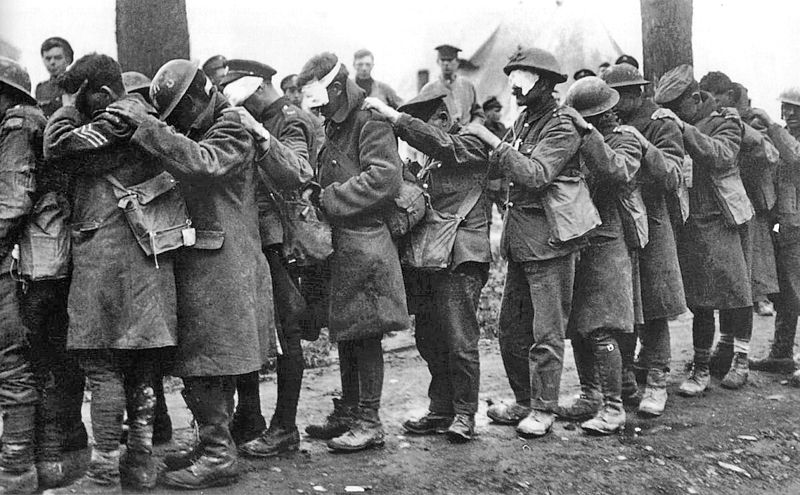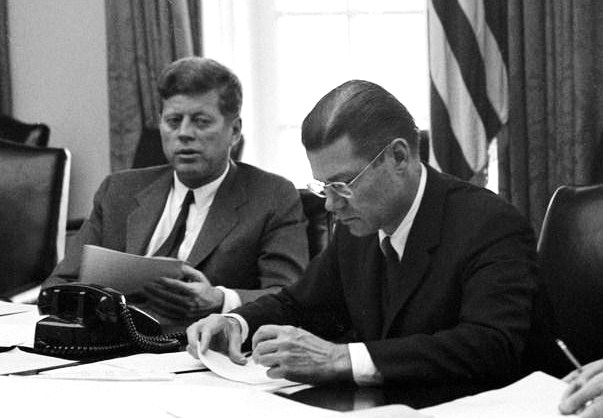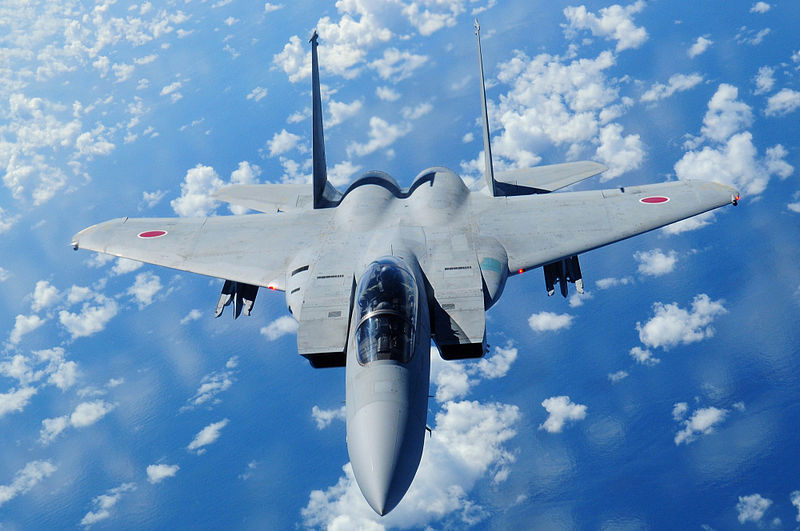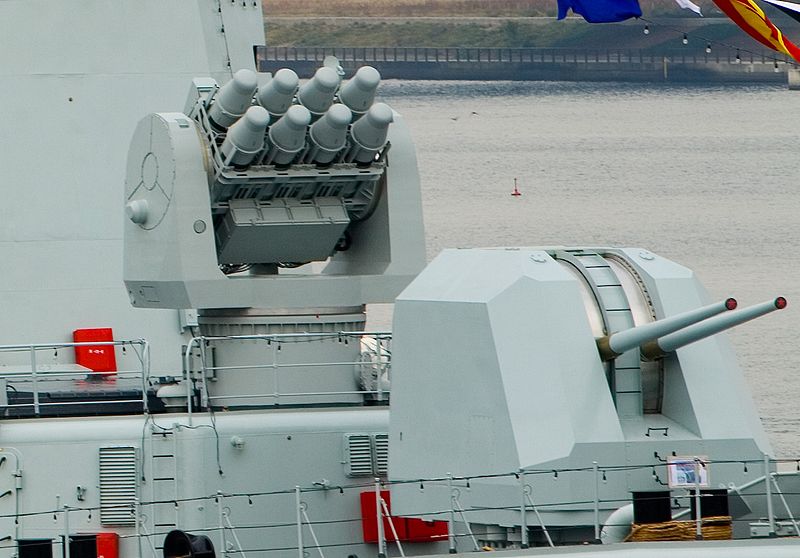
>> Trung Quốc lo ngại vì Việt Nam sắp nhận tàu ngầm
>> Báo Nga: "Ưu tiên đơn đặt hàng tàu ngầm của Việt Nam"
Việt Nam đã đặt mua của Nga sáu tàu ngầm trong đề án 636, có tổng trị giá 2 tỷ USD, trong đó 2 tàu ngầm sẽ được bàn giao trong năm nay. Hợp đồng cũng bao gồm xây dựng cơ sở hạ tầng ven biển để triển khai các tàu và đào tạo thủy thủ đoàn. Đề án 636 là phương án hiện đại hóa toàn diện của tàu ngầm Liên Xô 877EKM Kilo, có tính năng tàng hình cao, cài đặt thiết bị điện tử hiện đại và tiềm năng tải tên lửa hành trình.
Một số bình luận viên quân sự Trung Quốc đã bày tỏ quan ngại trước triển vọng Việt Nam sở hữu các tàu ngầm mới. Trong số này có Thiếu tướng Doãn Trác, người phát biểu rằng tàu ngầm Việt Nam có thể đe dọa tuyến đường biển quan trọng đi qua eo biển Malacca và Biển Đông. Trung Quốc nhập dầu thô và nhiều nguyên liệu khác từ châu Phi và Trung Đông thông qua những tuyến đường này.
Trung Quốc đặc biệt quan tâm đến hoạt động của các tàu ngầm nước ngoài ở Biển Đông, kể từ khi một căn cứ tàu ngầm mới của Trung Quốc được xây dựng gần thành phố Tam Á, đảo Hải Nam . Đây sẽ là nơi đóng quân của các tàu ngầm hạt nhân Trung Quốc mang tên lửa Julang-2 /Sóng Lớn. Giới chức Trung Quốc cho rằng, hoạt động của các lực lượng hải quân nước ngoài trong khu vực là tiềm năng đe dọa lực lượng răn đe hạt nhân chiến lược của nước này.
Tuy nhiên, chuyên gia Trung tâm Phân tích chiến lược và công nghệ, ông Vasily Kashin nhận định, hợp đồng quân sự giữa Nga và Việt Nam không làm tổn hại cho lợi ích của Trung Quốc.
Theo đài tiếng nói nước Nga, rõ ràng Trung Quốc không thể thờ ơ với biểu hiện tăng cường không ngừng sức mạnh của Hải quân Việt Nam, ở vào thời điểm khi căng thẳng tranh chấp lãnh hải giữa hai nước vẫn còn tồn tại. Tuy nhiên, thái độ của Trung Quốc đối với Việt Nam không giống những động thái đối đầu dành cho Nhật Bản và Philippines, các đồng minh của Mỹ mà Trung Quốc cũng có tranh chấp về vấn đề chủ quyền lãnh hải.
“Nếu Trung Quốc có thể dùng chính sách áp lực trong quan hệ với Nhật Bản và Philippines, thì đối với Hà Nội, nhiệm vụ của Bắc Kinh là thu hút hợp tác”, Đài tiếng nói nước Nga đánh giá. Kim ngạch thương mại giữa hai nước năm 2011 vượt quá 25 tỷ đô la và được dự đoán sẽ không ngừng tăng lên.
“Trong trường hợp ngừng sự phối hợp kỹ thuật quân sự giữa Nga và Việt Nam , Hà Nội có thể quan tâm hợp tác mật thiết hơn vớiWashington . Điều này không đem lại bất cứ lợi ích cho cả Nga và Trung Quốc.”, Đài tiếng nói nước Nga nhận định.
Vũ Quý
-- Nga: Việt Nam nhận tàu ngầm không tổn hại lợi ích của Trung Quốc (DT).- Chiến lược năng lượng hạt nhân và tham vọng của Bắc Kinh (PT).
- Philex sẽ tiếp tục khoan Bãi Cỏ Rong mặc TQ dọa kéo tàu chiến ra chặn (GDVN).Chinese Buoys Are Focus of Latest Dispute Over Contested Islands
NYT -Japan has asked the Chinese government to explain why Chinese ships have strategically placed several buoys in the East China Sea near a group of disputed islands.
- Trung Quốc bực tức với phát biểu của Thủ tướng Nhật (TN). - Bắc Kinh ‘sửng sốt vì bình luận của thủ tướng Nhật’ (VNE). - Tàu Trung Quốc rượt đuổi tàu Nhật Bản(VnMedia). - Sankei: Trung Quốc thả hoa tiêu thu thập tin tình báo ngoài Senkaku (GDVN). - Hải quân Nhật được đặt trong tình trạng báo động (TTXVN).
- Hàn trao công hàm phản đối Nhật vụ đảo tranh chấp (TTXVN).- Báo Trung Quốc ‘đả’ Mỹ vì chuyện tin tặc (VNN). - Mỹ – Trung: Nguy cơ chiến tranh mạng (TQ).Chiến tranh không gian ảoTrong chiến tranh ngày nay, từ cổ điển đến hạt nhân, người chiếm hữu không gian ảo là người chiến thắng. Ta thử tưởng tượng một nước nào đó phóng hỏa tiễn hạt nhân lên, nhưng hỏa tiễn bị phản-lập-trình để quay ngược lại lãnh thổ xuất phát..Mỹ lo ngại trước tin tặc có nguồn gốc Trung Quốc Vietnam Plus
Ngày 19/2, một loạt các quan chức chóp bu trong chính quyền của Tổng thống Mỹ Barack Obama đều bày tỏ quan ngại sâu sắc về các cuộc tấn công tin tặc có xuất xứ từ Trung Quốc liên tục nhắm vào các cơ quan và các tổ chức ở Mỹ. Các lời cảnh báo này - Mỹ quyết chống nạn đánh cắp bí mật thương mại (TT). - Quốc phòng, Ngoại giao Mỹ cùng lo cắt giảm ngân sách (VOV). - Lỗ hổng trong lá chắn tên lửa của Mỹ (VNN). - Chân dung cỗ máy chết chóc khét tiếng của Mỹ(VNN).- Chạy đua thử vũ khí không gian (TN).
--Root Causes of Currency Wars
- Thủ tướng Nhật Bản lên đường thăm Mỹ (VOV).Cái giá "khủng khiếp" của phát triển, đô thị hóa ở TQ
“Cây gậy và củ cà rốt” của Philippines ở Biển Đông
Tổng thống Hugo Chavez đã bị liệt nửa người?
Sự thật gây sốc về quan hệ Trung Quốc - Triều Tiên
--Legality waves lap South China Sea.atimes.
-Công nhân Brazil chiếm tầu Trung Quốc -TNO
- Máy bay không người lái Mỹ đã giết 4.700 người (Tin tức).- Hàn Quốc tăng cường liên minh với Mỹ đối phó Triều Tiên (Tin tức). - Người nước ngoài tại Triều Tiên sắp được kết nối internet (TN). - TQ, Nga phản đối can thiệp quân sự vào Triều Tiên (TTXVN).
6 cách ngăn xung đột giữa Tokyo và Bắc Kinh-6 Ways to Prevent a Conflict Between Tokyo and Beijing theDiplomat.com There are many reasons why China and Japan won't go to war. Now is the time to explore how to actively prevent it.
The ongoing crisis over the Senkaku/Diaoyu islands may bebringing Asia to the cusp of war. Trefor Moss recently wrote that a Japan-China war over these disputed islands is very unlikely. That could be right. Or itcould be wrong. But even a very small chance of a Sino-Japanese war breaking out in 2013 is enough reason to work to try to prevent it.
What follows is a six-point plan to seek to deescalate the dispute in the short term. It is no doubt flawed and incomplete, but international diplomacy is never perfect, nor does it have to be. However imperfect a resolution to this dispute may be, it is almost certainly preferable to war for all parties involved.
The following recommendations are directed at Chinese and Japanese decision-makers:

1. Remember the price of war.
Looking at a two-dimensional military map, drawing arrows and moving colored chips across it is the highest possible abstraction of war. The strategist’s viewpoint reduces lives to tokens, dehumanizes war, and gives the mistaken illusion that killing and dying is as simple as a game of chess. Always remember the costs of war when making decisions of such gravity. Transport your mind into that of the soldiers and sailors you are sending to their graves. Ask yourself, as the philosopher does, what becomes of your humanity “while half a pound of lead, sent from the distance of a hundred steps, pierces my body, and I die at twenty years of age, in inexpressible torments, in the midst of five or six thousand dying men…” As an unnamed source put it, “there’s some 24-year-old kid in the Japanese Coast Guard who has a family and friends. At some point he’s going to take a .50 caliber round over this.” Always bear these images in your mind before you commit lives to the horrible business of war.

2. Help your opponent save face.
In a cycle of escalating conflict, each side is tempted to force the other side to lose face, humiliate them in front of domestic and international audiences and, eventually, back down. The thing is – it hardly ever works out like that in practice. Both sides in a conflict still have politics, and intransigency or provocation (real or perceived) by an adversary usually only emboldens the hawks and their zero-sum mindset in any country. Thomas Schelling made the essential point that it may often benefit conflicting parties – who are attempting to compel changes in each other’s behavior through military pressure – to only vaguelycommunicate their demands in public. By shrouding their key demands in ambiguity, and communicating them privately (or even tacitly), leaders are better able to comply with demands without losing face in public. An excellent example is the resolution of the Cuban Missile Crisis,when a (then-secret) U.S.-Soviet missile swap deal had the U.S. pull missiles out of Turkey to allow the Soviets to withdraw gracefully from Cuba. In Asia, where the concept of face is particularly important, it is doubly important that Chinese and Japanese leaders not back each other into a corner by threatening one another’s political survival.

3. Respect red lines.
That means, above all, not firing the first shot. There are some fairly clear red lines: i.e.Chinese paramilitary or military forces landing on the disputed islands; Japanese planes shooting tracer bullets at their opponents; either side wounding or killing another’s serviceperson etc. All of these thresholds, once crossed, invite further destabilizing escalation. It is difficult to conceive of the two sides escalating into a major conflict without an initial provocation like this. Unless the aim of Japan or China is to launch a regional war, which is highly unlikely, then each party should be sensitive to the basic red lines of the other. Since this dangerous cat-and-mouse game is being played in the waters and airspace around and over these disputed isolated islets, it is crucial that civilian crisis managers on each side assert uncontested authority over their military subordinates’ moves. Remember that a projectile that kills accidentally does not look like an accident on the receiving end.

4. Do not miscalculate your (or their) military capabilities and fighting resolve.
Some leading research on the psychological process involved in crossing the Rubicon of war suggests that belligerents tend to be buoyed by overconfidence as war looms closer. Leaders tend to over estimate their own capabilities, and underestimate their enemy’s capabilities and resolve during dangerous crises. This is relevant to both parties in the Senkaku/Diaoyu standoff.
In this context, one should be concerned about reports that "In the event of war with China over the disputed Diaoyutai (Diaoyu or Senkaku) islands in the East China Sea, Japan's defense ministry would attempt a coordinated attack with the U.S. to sink China's first and only aircraft carrier in service…" Similarly, the Chinese People’s Daily’s dismissal of the seriousness of Japan’s capabilities and intent to fight to defend the Senkakus – based on faith in the coercive power of Chinese missiles – is also dangerously simplistic. Neither party can predict the outcome of such a war. Any comments to the contrary are propaganda at best, delusional optimism at worst.

5. Begin a strategy of graduated reciprocity in tension reduction.
At the height of the Cold War, psychologist Charles E. Osgood proposed a strategy of “graduated reciprocity in tensions reduction,” or GRIT. As Walter Clemens puts it, the initiator begins by communicating the following intention to the other side:
“We are embarking on a strategy to reduce tensions. We will make several unilateral initiatives to demonstrate our goodwill. We will give you time to respond in a positive way. If you reciprocate, we will proceed to larger concessions and compromise accords. But unless tension-reducing moves become reciprocal, we will revert to hardline [tit-for-tat].”
Interestingly, Prime Minister Shinzo Abe may have already sent such a first signal in a letter to Chinese authorities, hand-delivered by Japanese envoy and coalition partner, Natsuo Yamaguchi. This was a risky move for Tokyo to make, since it may come under fire domestically as folding early, but it was a demonstration of clear political courage to get out of a downward spiral of conflict. Tokyo, and the world, should now watch for China to reciprocate this goodwill gesture with a concession of its own. In all likelihood, Chinese leaders will be constrained in their ability to further escalate tensions on the heels of such a Japanese good faith outreach effort, since the image of China as a bullying aggressor would quickly reverberate across all of Asia.

6. Ring Ban Ki-moon.
UN Secretary-General Ban Ki-moon has not been as publicly vocal on the Senkaku/Diaoyu dispute as he has been on other issues like Syria, for example. Both China and Japan would stand to gain by inviting Ban Ki-moon’s assistance to resolve the dispute – or at the very least prevent war. They need not accept his recommendations, or even publicly acknowledge his mediation efforts. But the mere presence of a third-party genuinely interested in the prevention of war as an end in itself can be immensely beneficial by creating options which the disputants may not have heretofore considered possible.
This final proposal should not be mistaken for starry-eyed idealism in the capabilities of the world body. The UN has many flaws. But its primary purpose, and its most enduringly relevant one, as Dag Hammarskjöld made clear, was to prevent small disputes from engulfing the great powers in world war.
Daryl Morini is a CSIS WSD-Handa Non-Resident Fellow. He is a PhD researcher on preventive diplomacy, Deputy Editor of e-IR, and has work experience in international institutions, including the UN. Follow him at: @DarylMorini
Trung Quốc dọa Nhật, ép Mỹ nhưng không dám phiêu lưu
Tham vọng biển đảo của Trung Quốc đe dọa an ninh toàn khu vực châu Á Thái Bình Dương. Hải thuyền Trung Quốc từng ngày khiêu khích Nhật Bản tại Senkaku/Điếu ngư. Hạm đội Bắc Hải rời vùng trách nhiệm, vượt ra Đông Thái Bình Dương, kéo xuống « Nam Hải » tập trận như tại ao nhà. Liệu Bắc Kinh chuẩn bị phiêu lưu gây chiến tranh với Nhật hay sẽ ra tay bất ngờ tại vùng biển Đông Nam Á ? RFI đặt câu hỏi với giáo sư Ngô Vĩnh Long, đại học Maine, Hoa Kỳ